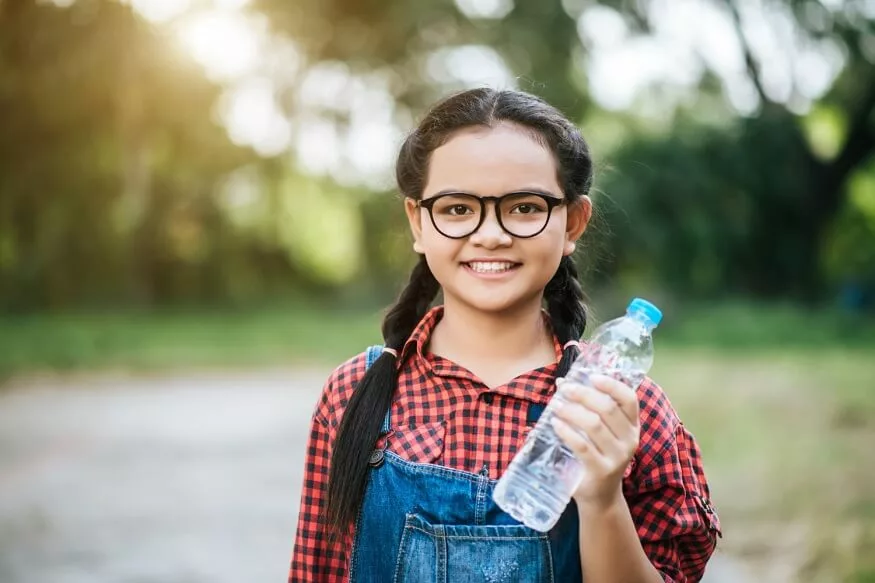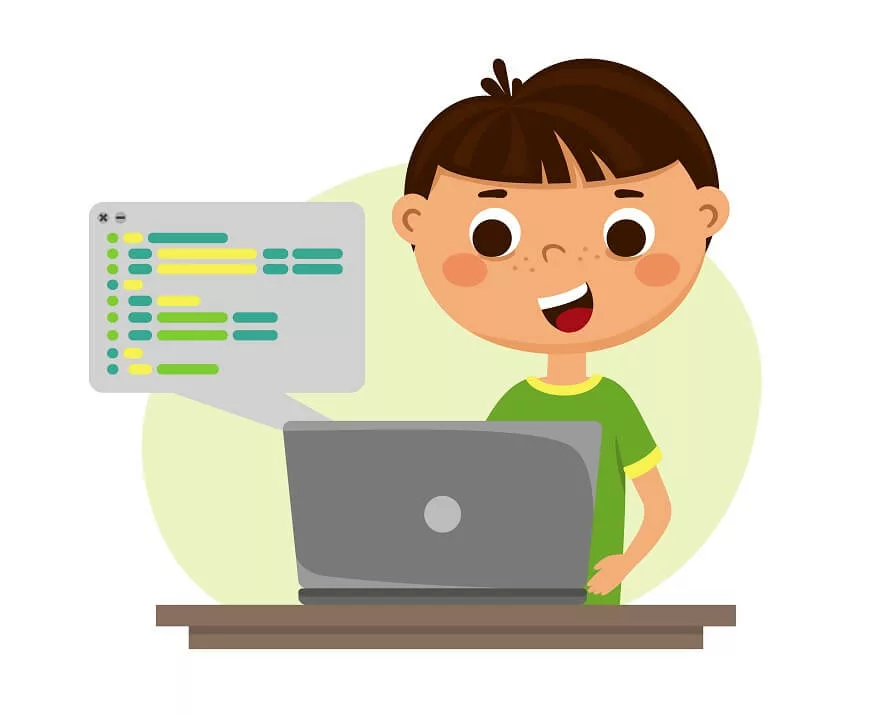Teaching our kids to be environmentally sensitive is essential for the health of the globe in this day and age when plastic is everywhere. The widespread use of plastic has resulted in environmental problems, which need teamwork to solve. Part of this effort includes educating the next generation about the significance of consuming less plastic. Cutting back on plastic use is not just a personal decision; it is also a community duty that affects not just individual behaviours but the ecology as a whole. By actively participating in behaviours that reduce our use of plastic, we improve the ecosystem and open the door to a more sustainable future. As we transfer this dedication to environmental responsibility to the next generation, it becomes even more important.
Establishing responsible habits in children involves educating them about the environmental consequences of excessive plastic use. By understanding the impact of plastic on ecosystems, wildlife, and overall environmental health, children develop a sense of responsibility and stewardship for the planet. Here are ten effective ways to reduce plastic consumption:
1. Ditch Single-Use Plastics:
Encourage the use of reusable alternatives to single-use plastics like straws, water bottles, and cutlery. Make the switch to stainless steel or bamboo alternatives, promoting a sustainable and eco-friendly choice. By incorporating these alternatives into daily routines, children learn the value of making choices on the ways to reduce plastic pollution’s environmental footprint.
2. Choose Sustainable Packaging:
When shopping for toys, snacks, or any other items for your child, prioritize products with minimal and sustainable packaging. Look for brands that are committed to adopting various ways to reduce plastic pollution in their packaging. This not only reduces the overall consumption of plastic but also supports businesses that share a commitment to environmental responsibility.
3. Invest in Reusable Lunch Containers:
Move away from disposable plastic bags and containers by investing in durable, reusable lunch containers. Stainless steel or glass containers are excellent alternatives, providing a safe and eco-friendly way to pack meals. This simple switch not only reduces plastic waste but also sets a pattern of sustainability in your child’s daily life.
4. Shop Secondhand:
Consider buying toys, clothes, and other items secondhand. This approach reduces the demand for new plastic products and gives a second life to items that would otherwise contribute to waste. Thrift shopping and exploring second-hand markets with your child can become a fun and eco-conscious family activity and one of the best ways to reduce plastic pollution.
5. Educate About Plastic Pollution:
Teach your child about the impact of plastic pollution on the environment. Engage in age-appropriate conversations and educational activities that help them understand the consequences of excessive plastic use. This awareness fosters a sense of responsibility and empowers children to make informed choices.
Also Read: Waste Material Project Ideas for Kids in Classes 7-8
6. Engage in DIY Crafts:
Transforming plastic waste into fun and educational DIY crafts is one of the creative ways to reduce plastic pollution in the environment. This hands-on approach not only reduces the environmental impact but also encourages resourcefulness and creativity in children. It provides a tangible way for them to see the potential of repurposing materials.
7. Support Eco-Friendly Brands:
Choose products from companies dedicated to sustainability and eco-friendly practices. Many brands now offer alternatives made from recycled materials or biodegradable substances. By supporting such brands, you contribute to a market demand for environmentally conscious products, fostering a positive cycle of sustainability.
8. Use Cloth Diapers:
For parents with infants, consider using cloth diapers instead of disposable ones. In the long term, cloth diapers are less expensive and more environmentally friendly. Introducing this eco-friendly choice from an early age sets the stage for sustainable practices in childcare.
9. Explore Sustainable Clothing:
Choosing apparel composed of sustainable or organic materials is recommended. Fast fashion contributes significantly to plastic pollution, so choosing durable, eco-friendly clothing is a step in the right direction. By making thoughtful choices in your child’s wardrobe, you contribute to minimizing the environmental impact of the fashion industry.
10. Set a Green Example:
Children often emulate the behaviour of their parents. By adopting eco-friendly practices in your daily life, you set a positive example for your child, reinforcing the importance of minimizing plastic consumption. Consistent actions, such as recycling, reducing plastic waste, and choosing sustainable options, become ingrained habits that children are likely to carry into their own lives as they grow.
Also Read: International Plastic Bag Free Day: Date, history and significance
11. Below are some additional effective ways to minimize your child’s plastic consumption:
- Backyard Gardening: Introduce your child to the wonders of gardening. Growing their fruits, vegetables, or herbs provides a hands-on experience in sustainable living. This activity also emphasizes the interconnectedness of nature and the importance of reducing plastic waste and reliance on plastic-packaged produce.
- DIY Household Cleaners: Involve your child in creating simple, eco-friendly household cleaners using ingredients like vinegar, baking soda, and lemon. This not only reduces reliance on plastic-packaged cleaning products but also educates children about the harmful impact of certain chemicals on the environment.
- Nature Walks and Cleanup: Organize regular nature walks with your child and engage in cleanup activities. Collecting litter from local parks or beaches instils a sense of responsibility for the environment. Use these moments to discuss the impact of plastic pollution on wildlife, and ecosystems and reducing plastic waste ideas.
- Explore Minimalism: Embrace a minimalist approach when it comes to toys and possessions. Encourage your child to value experiences over material possessions, reducing plastic waste and the overall demand for plastic products.
- Upcycling Projects: Transform discarded plastic items into artistic creations through upcycling projects. Whether it’s crafting decorations or repurposing containers, upcycling teaches children to see the potential in items that might otherwise end up as waste.
- Zero-Waste Snacking: Opt for zero-waste snacking options by preparing homemade treats or purchasing snacks in bulk. Utilize reusable containers for snacks on the go, minimizing the need for individually wrapped items.
- Environmental Storytelling: Introduce children to books and stories that emphasize environmental stewardship and the consequences of excessive plastic use and teach them ways to reduce plastic waste. These narratives can be powerful tools in shaping their perspectives and nurturing a love for the planet.
- Community Initiatives: Engage with local community initiatives focused on ways to reduce plastic. Participate in cleanup drives, recycling programs, or community gardens. These experiences not only strengthen community bonds but also amplify the impact of individual efforts.
The journey to minimise plastic consumption and explore ways to reduce plastic waste and pollution with our children is not just a checklist of actions but a holistic approach to establishing values of responsibility, mindfulness, and empathy towards the environment. These additional strategies extend the foundation set by the initial ten ways, weaving a tapestry of sustainable practices that become an integral part of a child’s worldview. As we nurture these eco-friendly mindsets, we sow seeds for a future where the next generation is not just aware of environmental challenges but actively engaged in crafting solutions for a sustainable tomorrow and crafting ways to reduce plastic.
Also Read: How To Teach Sustainable Habits To Kids
At EuroSchool, we recognise the critical role education plays in shaping environmentally conscious individuals. Our commitment extends beyond traditional academics to instill values that contribute to a sustainable future. We stress the significance of lowering plastic consumption, looking into ways to do so, and incorporating eco-friendly activities into our pedagogical philosophy as part of our holistic approach. The goal of EuroSchool’s environmental education program is to provide students with the ideals and information necessary to make ethical decisions. Teaching the next generation the need to reduce plastic waste is, in our opinion, an essential first step in producing responsible global citizens who actively support a healthier planet. Come along on this environmental stewardship journey with us, where forming a sustainable and eco-friendly future goes hand in hand with education.











